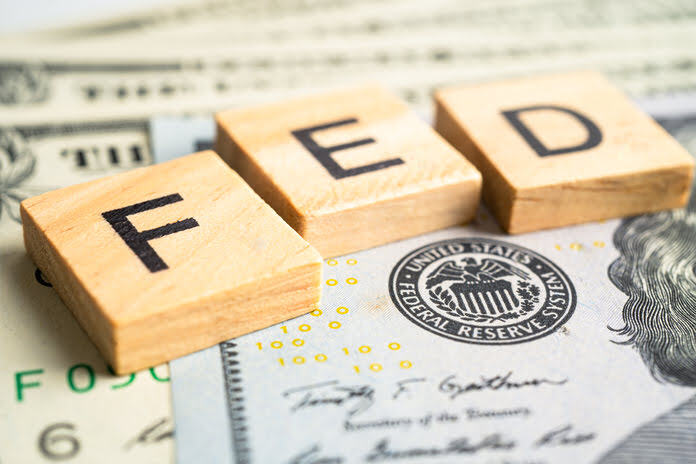Mounting economic uncertainty is fueling speculation that the Federal Reserve may be compelled to resume cutting interest rates sooner than previously anticipated.
Traders are increasingly betting on a June rate cut, potentially followed by another in September, as concerns grow over declining consumer confidence and rising inflation expectations.
The catalyst for this shift in market sentiment is a concerning report from The Conference Board Consumer Confidence Index, a widely-followed monthly survey of 5,000 US households.
The latest index, released Tuesday, revealed that US consumer confidence deteriorated at its sharpest pace in three and a half years during February.
This decline reflects growing anxiety among Americans about the potential economic impact of President Trump’s policies, particularly tariffs and potential disruptions to trade.
Adding to the complexity of the situation, the survey also showed that consumers’ average inflation expectations have surged to 6%, the highest level since May 2023.
This combination of declining confidence and rising inflation expectations presents a significant challenge for the Federal Reserve, which is tasked with maintaining both price stability and full employment.
The financial markets have reacted swiftly to this news.
Interest-rate futures contracts are now pricing in a greater than 70% chance that the Fed will reduce its policy rate by a quarter of a percentage point at its June meeting, bringing the target range down to 4.00%-4.25%.
A further rate cut in September is also increasingly priced in, indicating that traders expect the Fed to pursue a more aggressive easing cycle.
The Fed’s dilemma
This betting suggests that traders anticipate the central bank’s concerns about potential weakness in the labor market will outweigh worries about resurgent inflation by June, prompting a response with monetary policy easing.
However, Fed policymakers have stated, in recent meeting minutes and public remarks, that they are seeking more evidence that inflation is trending back down to their 2% target before they feel comfortable cutting rates.
They are closely monitoring the potential impact of President Trump’s planned tariffs, tax cuts, immigration crackdown, and ongoing reductions in the federal workforce on prices, economic growth, and the labor market.
The Bureau of Economic Analysis is expected to release the data, however a report on Friday is expected to show some small progress on the inflation front, with the year-over-year personal consumption price index that the Fed targets expected to have edged down to 2.5% in January from 2.6% in December.
The central bank faces a difficult task in navigating these competing economic forces.
While the labor market has remained relatively strong, with unemployment at 4% in February, recent surveys suggest that business activity is beginning to slow.
The Fed’s next moves will likely depend heavily on incoming data, as policymakers weigh the risks of both inflation and recession.
This scenario means they’re watching closely for sustained weakness in key economic indicators like consumer spending, manufacturing activity, and employment growth.
The post Rate cuts back on the table? Fed seen resuming easing in June after confidence plunge appeared first on Invezz
